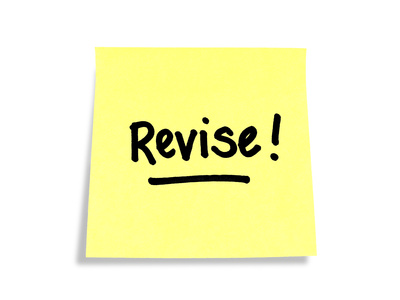On May 16, 2017, we published a blog post on the issue of new and revised bioequivalence (BE) guidances (here) and the impact on industry relative to the potential to have to repeat studies that have already been conducted for pending application or developed products where the ANDA has not yet been submitted. There is also a potential that for some products that are already approved, additional studies may need to be conducted if a guidance revision occurs post-approval. In addition, we have been providing information on revised guidance and the potential impact on sponsors over the years (here, here , here , here , here , here , here and here) just to name a few.
The FDA is busy at BE guidance production, and don’t get me wrong, that is mostly good news for industry. However, as time moves on, revisions to those guidance documents can cause havoc on budgets and delays in approval. For instance, in May 2017, FDA published revisions to 16 BE guidance recommendations, in January 2017, FDA revised 17 BE guidance recommendations, and in October 2016, BE guidance revisions were published on 33 products. Thus, in the first 9 month in FY 2017 FDA has revised 66 BE guidance recommendations. Imagine the impact on pending ANDAs for those products during this period, both in terms of cost to the company and cost to the American public due to potential delay to market entry of these products.
The Association of Accessible Medicines (AAM) conducted a poll of a small number of its member and found that revisions to BE guidance recommendations of 18 different products resulted in requests from FDA for repeating BE testing in accord with the new guidance. Remember this is only a small sample of AAM members and does not include any non-members. The 18 products included 9 solid oral dosage form products, 3 transdermal products, 2 semi-solid topical products, 1 orally disintegrating tablet, 1 nasal spray, 1 parenteral product, and one sublingual product.
The penultimate question is when is a new study necessary? What information does the Agency have to require that a new study be performed and that a previous passing study under a previous recommendation is no longer acceptable or relevant? When a BE guidance is revised, there is often little public information as to why the change is being made. Perhaps a narrative in the revised guidance outlining the reason for the change, and why the Agency believes that the change is clinically significant, would help the industry better understand the need for repeating the study in accord with revised requirements. In addition, a discussion of what FDA believes the flaws are in the existing guidance would also help, or at least provide the basis for potential industry rebuttal. Now there is usually little or no explanation for the change, and most times, there is no good way to identify what was changed, unless you have a hard copy of the old guidance.
We recognize that FDA may learn about a product based on the data it receives from sponsors or based on petitions submitted by innovators, and there may well be times that the original BE guidance may no longer be adequate to assure bioequivalence to the RLD, but is that always the case? Are studies previously conducted based on previously issued BE guidances whether published on the FDA web site or based on specific advice to a firm always no longer relevant? We will try to look at specific examples in more detail in subsequent posts, but welcome feedback from industry or the FDA at any time. We hope that this will help open a dialog between all of the stakeholders on this crucial issue, as it certainly significantly impacts cost to all concerned and especially to the American public. Please provide any feedback to r.pollock@LachmanConsultants.com.



